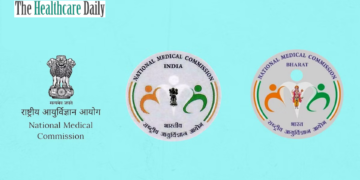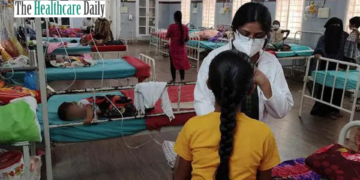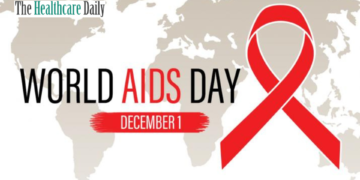THD NewsDesk, New Delhi: Targeted policy intervention has developed 112 underprivileged or ambitious districts in the country for producing economic privileges. Research has determined the result of diminishing acute malnutrition for states at Rs. 1.43 Lakhs crore and also facilitating lavatories at 400 crores. The research achieved by the IFC’s Institute of Competitiveness and Social Progress Imperatives claims the economic privileges can be a strength for the government investing in programmes directed concerning social benefits. Worldwide experts like Harvard Business School’s Professor Michael Porter and MIT professor Scott Stern also support the Centre’s Aspirational Districts Programme (ADP).
The research underlined three different areas of the most reliable practices which had emerged from the programme of the aspirational district. These include information, collaboration and data-based intrusions. Many communities were induced into awareness campaigns to support disconnected people from the process of improvement. The research illustrates the application of data to estimate the impact, discover nodes for development and recognises policies and interruptions that are handling change which is crucial to the achievement of the programme.
Porter and Stern stated, “ADP marks an important shift from pursuing economic growth per se to focusing on achieving meaningful social progress. ADP benchmarks in 112 less developed Indian districts and enable partnerships among states in driving success.”
Stern further added, “The aspirational district’s programme launched in 2018 has been a bold and strategic step. The ADP marks an important shift from pursuing economic growth for its own sake to achieving meaningful social progress in each of India’s regions.”
ADP incorporates five sectors-
- Agriculture and water resources
- Financial inclusion
- Health and nutrition
- Skill development
- Basic infrastructure
The research shows that the health and education sectors are the nearest to accomplishing their targets. In health, an enormous difference from the target of the districts is 30%. Agriculture and financial inclusion are the central areas of interest as most of the thriving districts as the average score is more away than the frontier. The study showed that most of the districts were 40%-90% away from their objectives.
PM Modi started the Transformation of Aspirational Districts programmed in 2018 with the objective to improve the pattern of living in India’s underdeveloped districts.
With these steps, the government would overcome the demon of low standard living and its aftermath. The government is investing in the economic development of mostly all the backward districts in the country, for the sake of comprehensive development.
Source- ToI






















